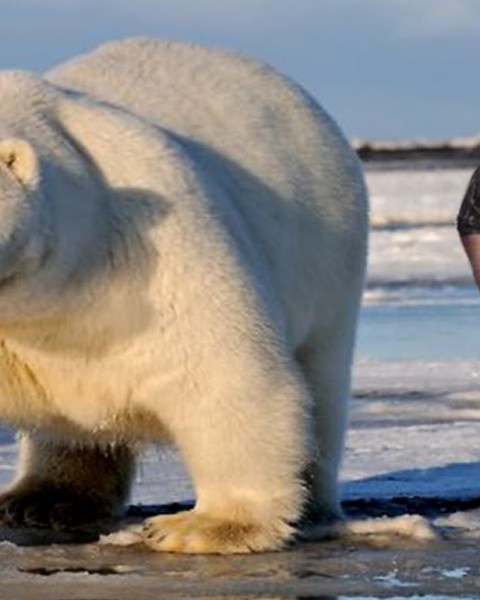Polar bear (Ursus maritimus) and grizzly bear (Ursos arctos) are not only the largest terrestrial carnivorans, they are close cousins too. Polar
MoreScientists weren’t able to explain history of polar bear’s teeth until in 2004 when they discovered 130,000 – 110,000-year-old polar bear jaw
MorePeople living in the Arctic rarely call polar bears polar bears. They will call polar bears with many different names. Prominent among
MorePolar bears have a range of vocalizations but they are no noisy animals. Icy bears remain quiet and live solitary lives most
MoreBack in 1980s scientists studied the polar bear locomotion and established that polar bears were not energetically efficient walkers. The study was
MorePolar bears (Ursus maritimus) are the most powerful terrestrial carnivores in the Arctic Ocean. In this article we are going to tell
MorePeople often wonder if the polar bear’s fur is white then its skin is probably white too. That is not quite true.
MoreThe polar bear reproduction likely occurs in days when the seals are abundant. They will reproduce in March or mid-April to May.
MoreHere are the most frequently asked questions about polar bears. Over the past few decades polar bears have become the subject of
MorePolar bears are the Arctic’s land-based predators. They have a wide range of preys. While the primary prey is limited to seals
More


